Save Your Drivetrain, Check Your Chain!
Keep your chain clean, lubed and check it regularly for wear to ensure smooth shifting and more fun with your bicycle. Everything about maintain and replacing your chain.
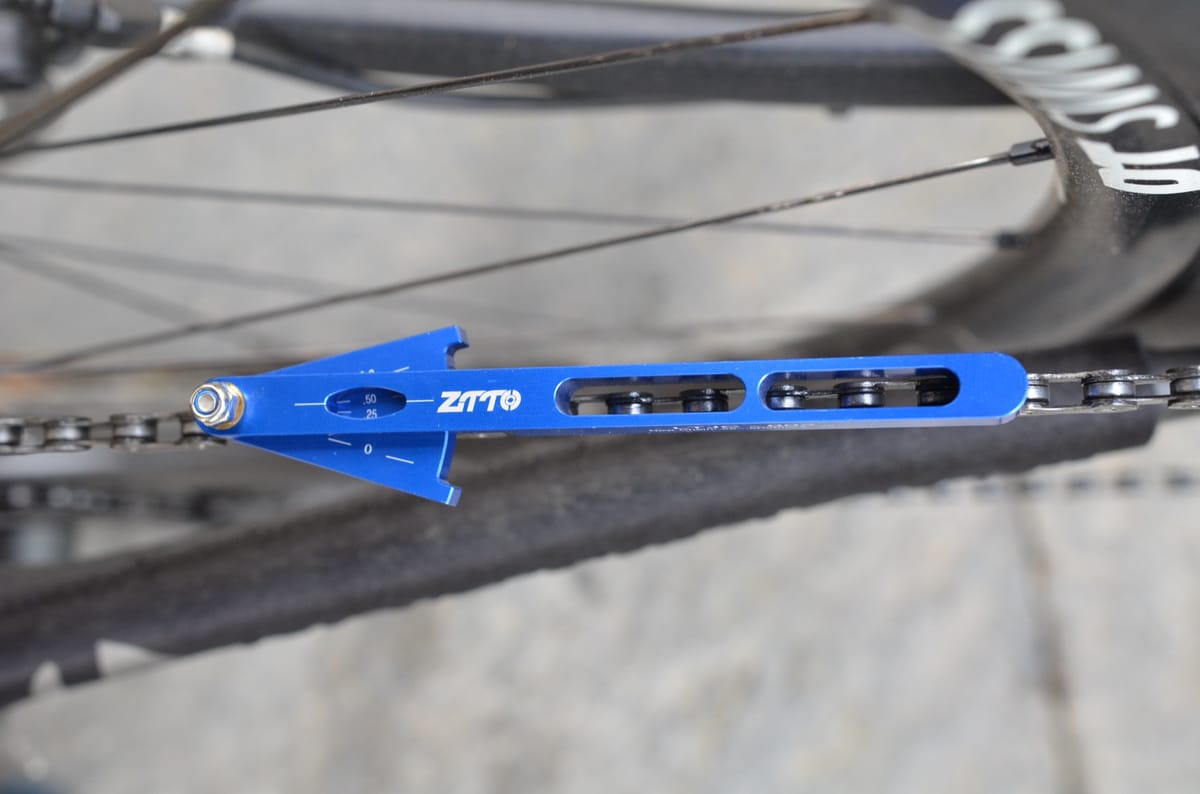
When riding your bicycle, all your power is transferred via the chain. At least when we assume that you aren't riding a belt-drive bike. For optimal power transfer, and to ensure smooth shifting, a good portion of manufacturing precision within the chain ring, chain, and cassette is crucial. Additionally, having a properly lubed or even waxed chain, will help to protect it from rusting and further ensures a properly working drive train. Over time, our chain will accumulate dust, salt and other particles with the thin oil layer we use to protect it. At that point, the protection layer turns into an abrasive past, starting to grind down the moving parts of our chain. This is one of the main reasons why, a regular chain cleaning routine is about as important as flossing your teeth. Nevertheless, over time, our chain will start to show some wear. At least technical speaking. The wear of the chain is not really visible at first sight because the grinding takes place between the rollers and rivets (pins) of your chain. The more the chain wears out, the thinner these parts get and the more stretch is introduced into the chain.
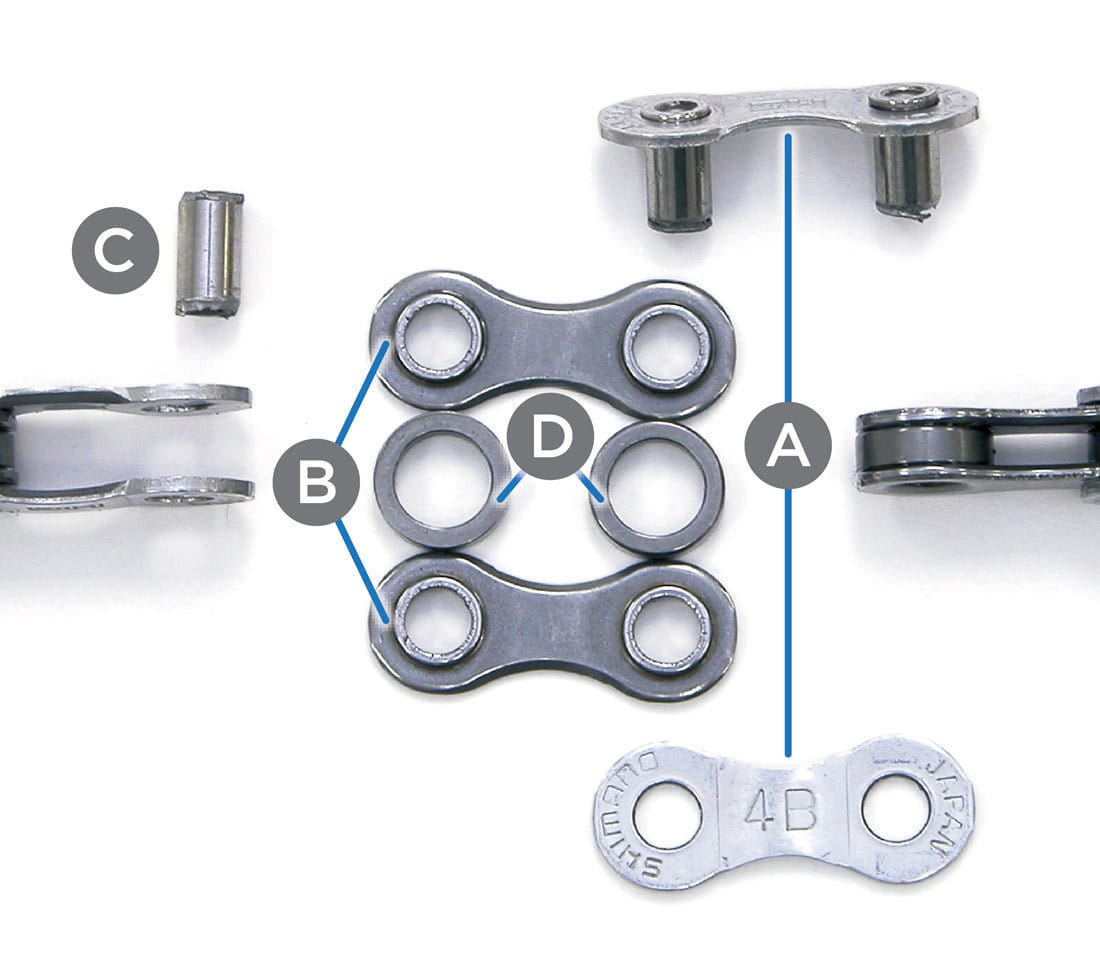
Besides an increased possibility for a snapping chain, this chain stretch will start to destroy your drive train slowly. Due to the stretch, the precision mentioned earlier is not given anymore. This results in grinding down the teeth of your chain rings and cassette, what decreases shifting performance and increases the risk for chain drops. In an extreme case, such as in the picture below, the teeth will start to look like shark teeth. At this point, the chain cannot be replaced without replacing the chain rings in the front and the cassette in the back.
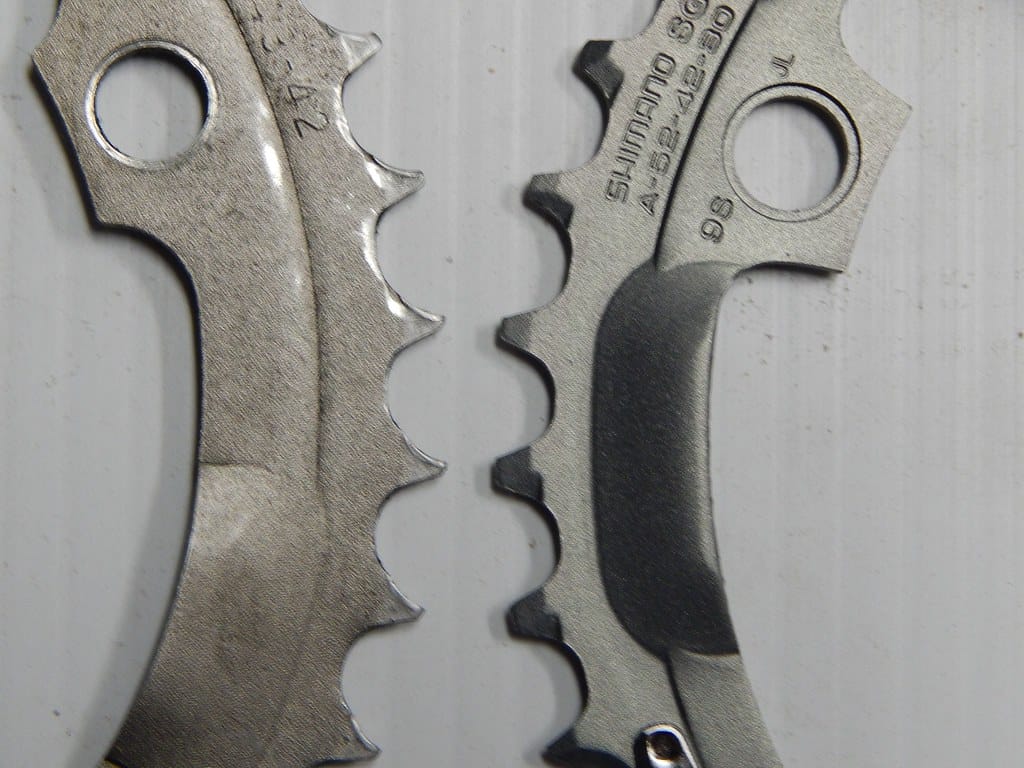
Recipe to a Long Chain Life and More Happiness With Your Bike
As serious as all of these sounds, avoiding the worst is not that hard. There are some easy steps that can be followed to ensure a long life for your chains and more fun with your bike due to precise and crisp shifting performance.
- Keep your drivetrain clean.
Probably not always, but often. This means, degreasing your chain and getting all the filthy sticky black stuff of your drivetrain. - Lubricate your chain.
Your chain should never be dry, nor should it be too oily. The first increases the chance for rust, the second benefits dust and particles from accumulating faster. Just get a thin coat of oil onto the chain, and wipe the excess. - Check your chain wear frequently.
Given you clean your bike regularly, the moment after cleaning and degreasing your chain is the optimal moment to check our chain wear. This will also prevent getting dirty hands. More on how this is done later in the article. - Replace your chain (early).
Not everyone might agree with me on this. In my opinion, replacing a chain early is way cheaper than risking damage and wear on your drive train.
How to Measure the Wear on Your Chain
There are different approaches to how the wear of your bicycle chain can be measured. The easiest, is with a chain wear checker. Those are usually manufactured from one piece of steel or can be a bit more complex in pinch measurement design (this name was invented by me because I don't know the real name to these type of chain wear checker). Another option would be by measuring the chain using a vernier caliper or tape measure and then calculate the wear of the chain. Depending on what kind of chain and drive train you have, you might consider other tools or means of measuring the chain because there are some pitfalls that need to be considered. If you, for example, use SRAM Flattop chains, some measurement tools might not work because of the increased roller size (7.9 mm, compared to the more usual 7.6 mm) of those chains.
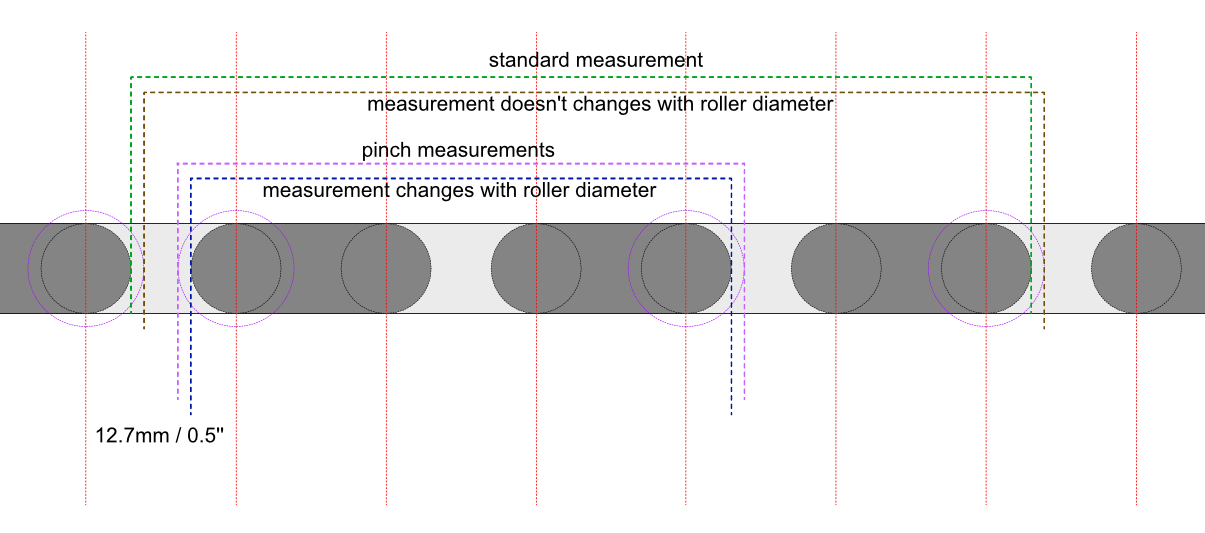
To explain this in more detail, I will introduce the terms standard chain checker and pinch chain checker. While a standard chain checker measures the space from the end of one chain roller to the end of another roller, the pinch chain checker measures the start of one chain roller to the end of another chain roller. I tried to visualize the two methods (standard in green and brown, pinch in purple and blue) in the graphic above. Whereas the standard measurement method is independent of the chain roller size (visually increased roller size in purple), the pinch measurement is heavily impacted by changes in the roller diameter.
- Standard measurement: (n × 12.7 mm)
- Pinch measurement: (n × 12.7 mm) + roller diameter
This means the tool you use needs to match the chain on your bike. If you use a tape measure, on the other hand, you need to go for the axes (red) which have a pitch of 12.7 mm (or 0.5'') on all the chains and calculate the stretch in percentage.
Standard Chain Checker
There are different kinds of standard chain checkers from different manufacturers that work all the same. Prices range from more affordable $2-3 to $20+. Usually, the tools from bigger brand names tend to be a bit pricier, which doesn't mean they perform better than cheaper tools.
Pinch Chain Checker
Pinch chain checkers look a bit fancier and engineered than the standard chain wear checker. These tools work great if you know their limits and only use them on chains they were intended for. Again, these tools are manufactured by different brands and start from $6-7 and go up to $40+.
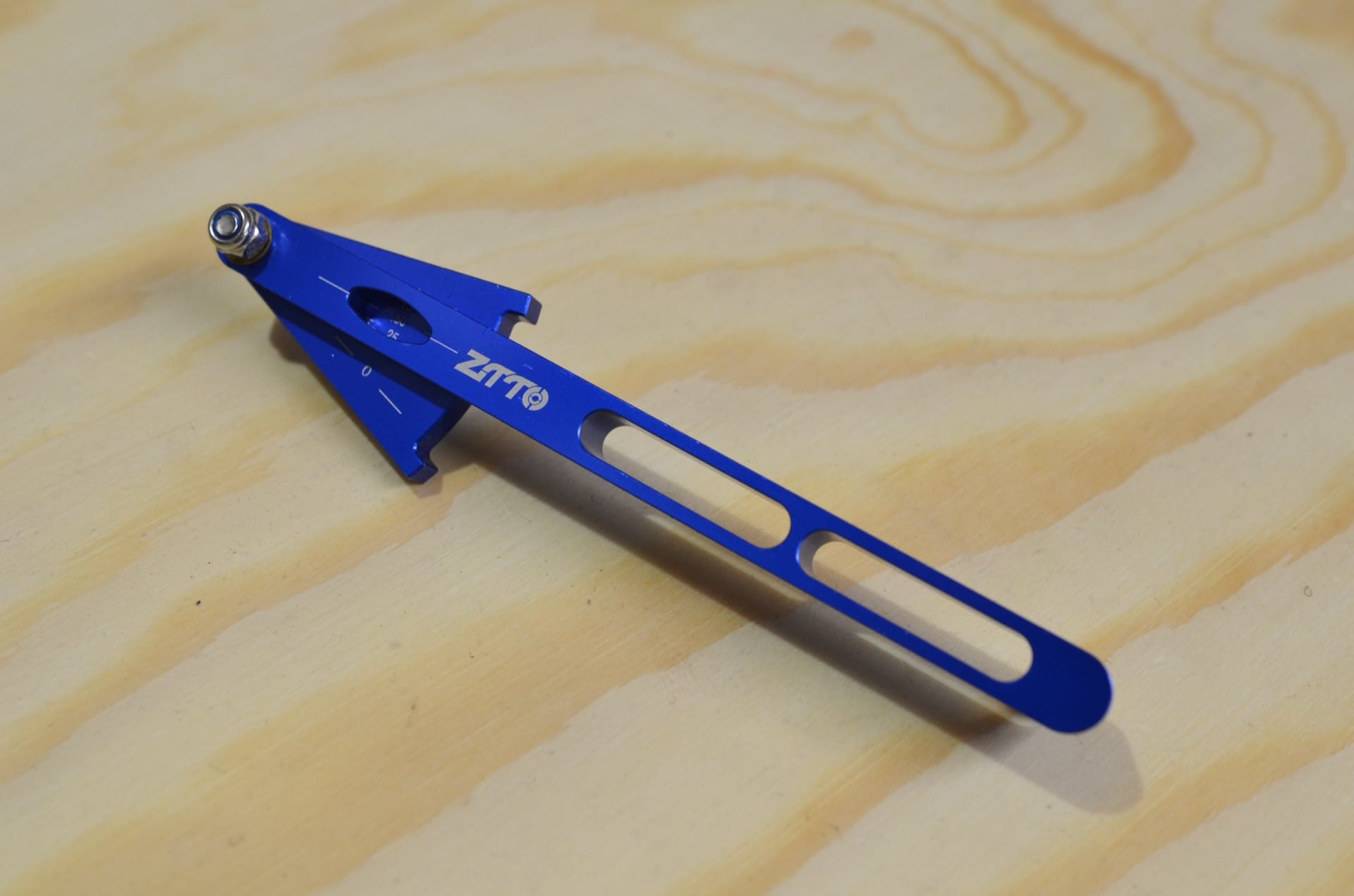
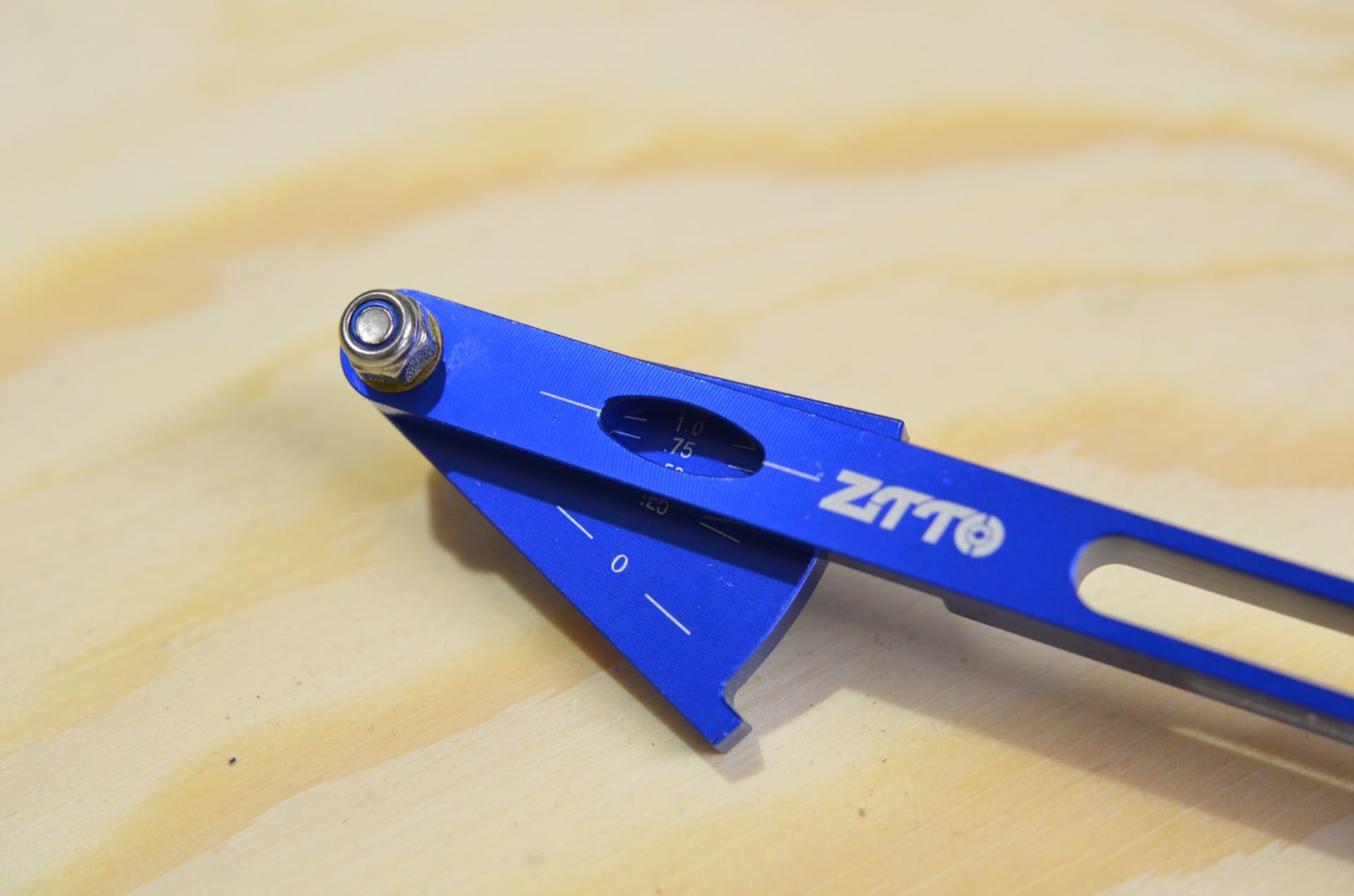
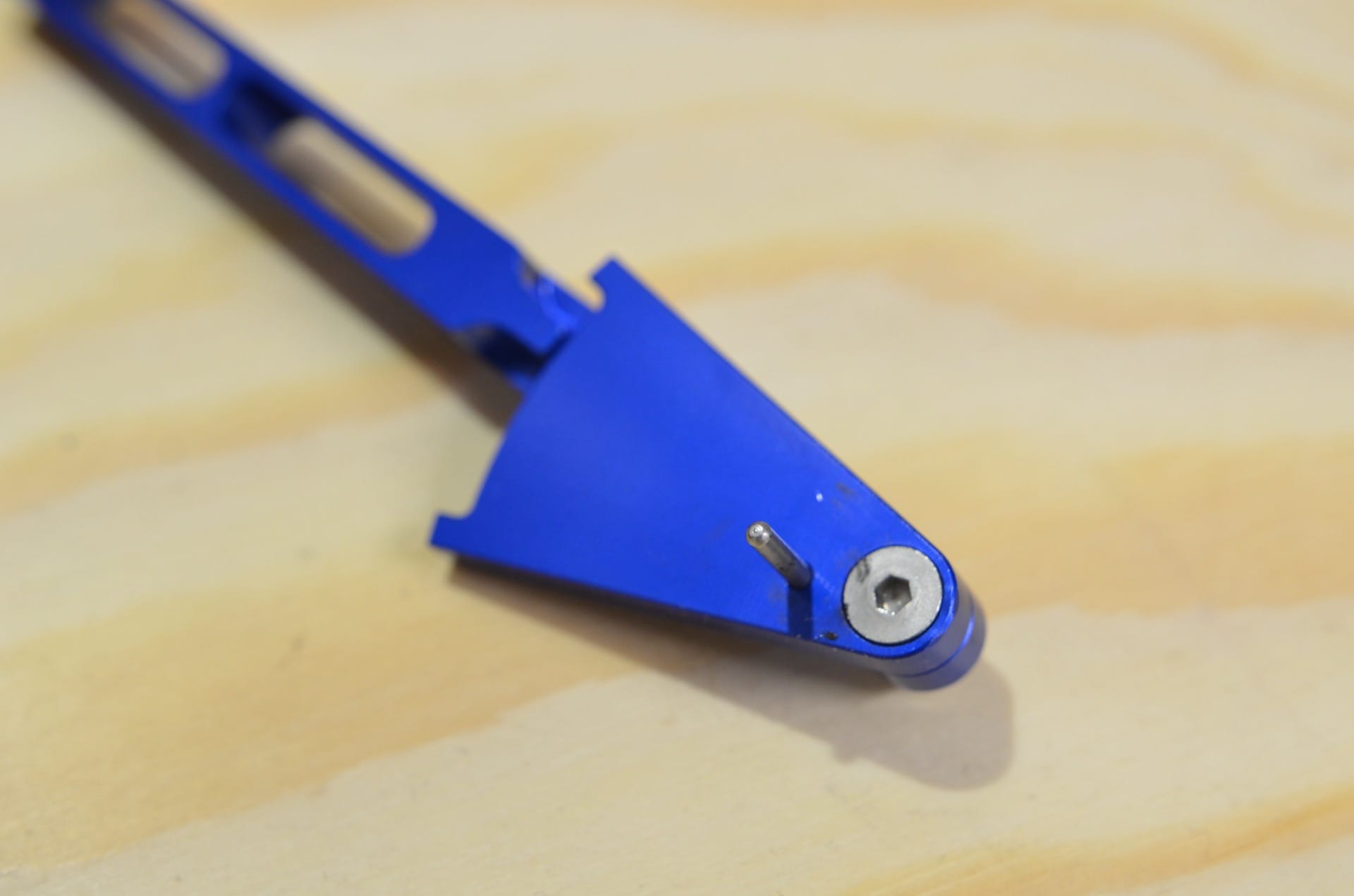
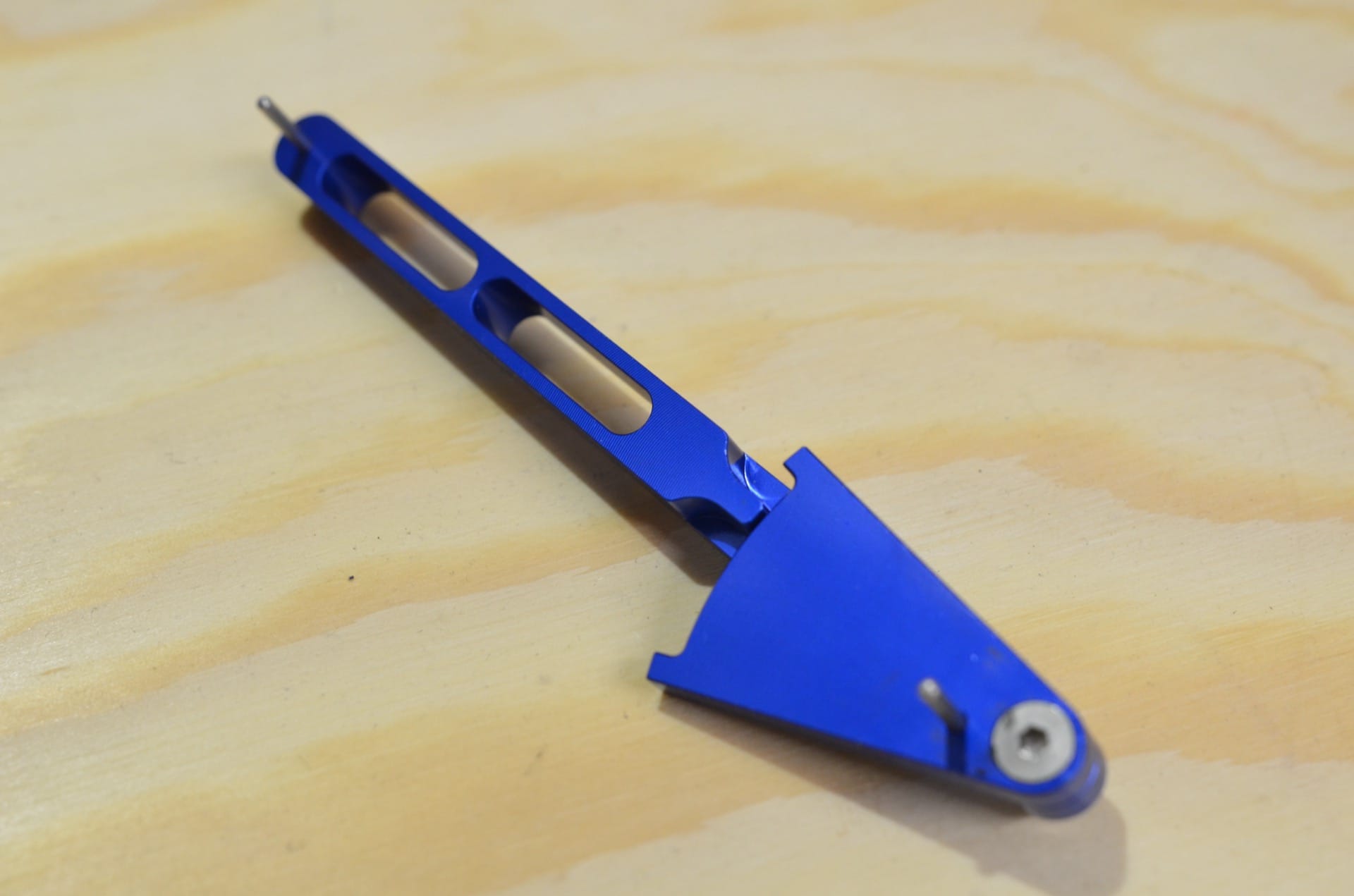
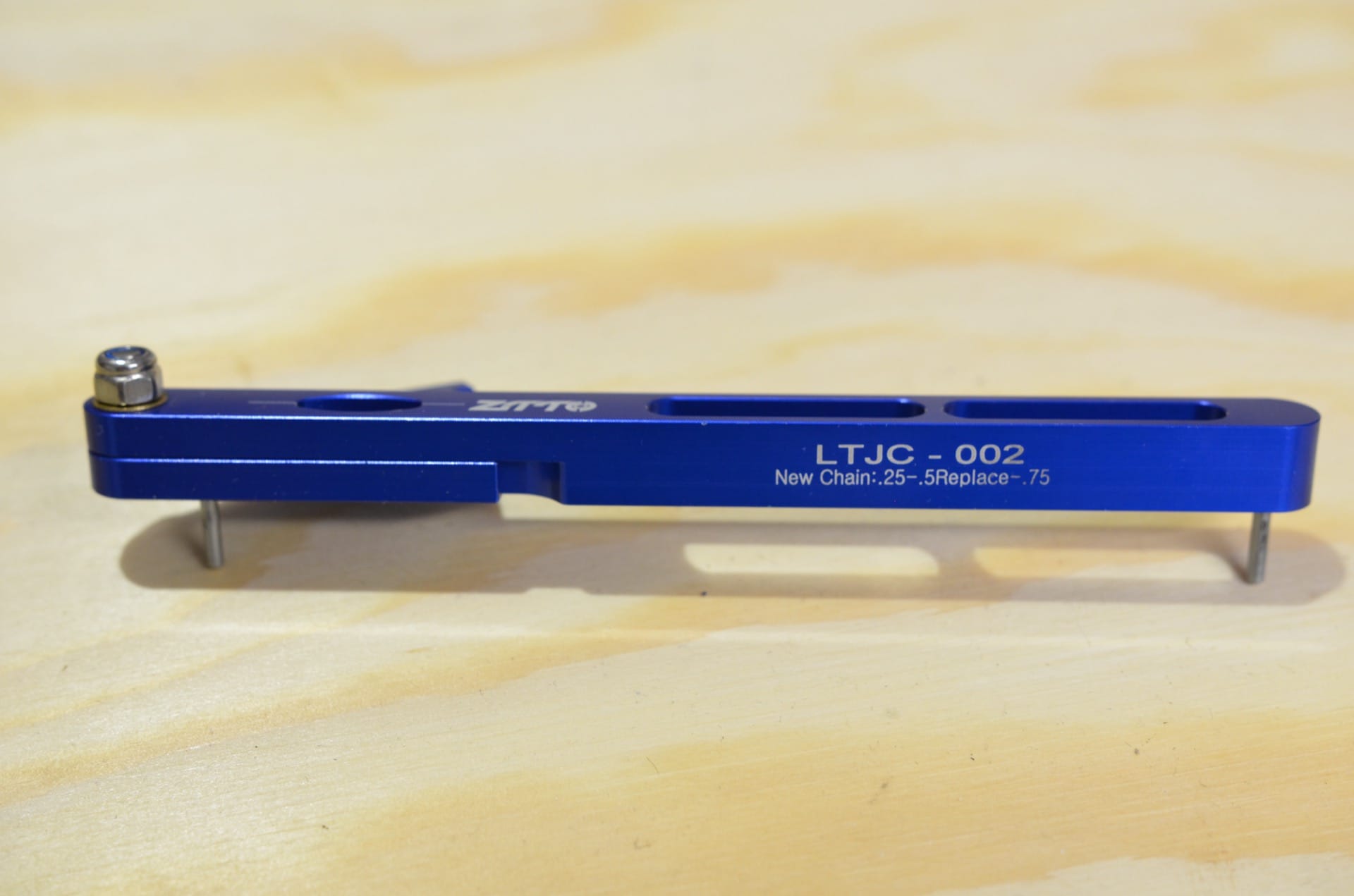
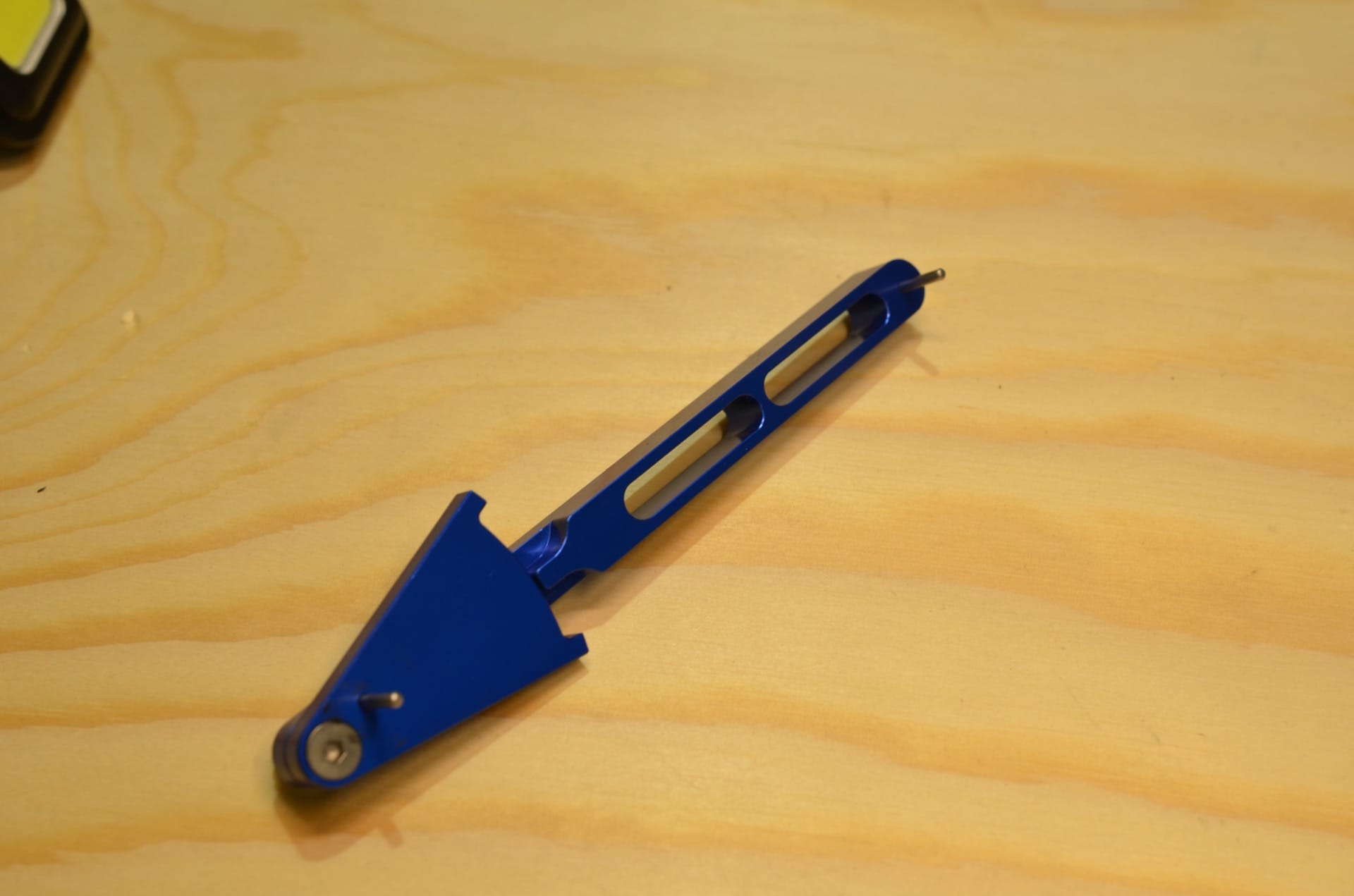
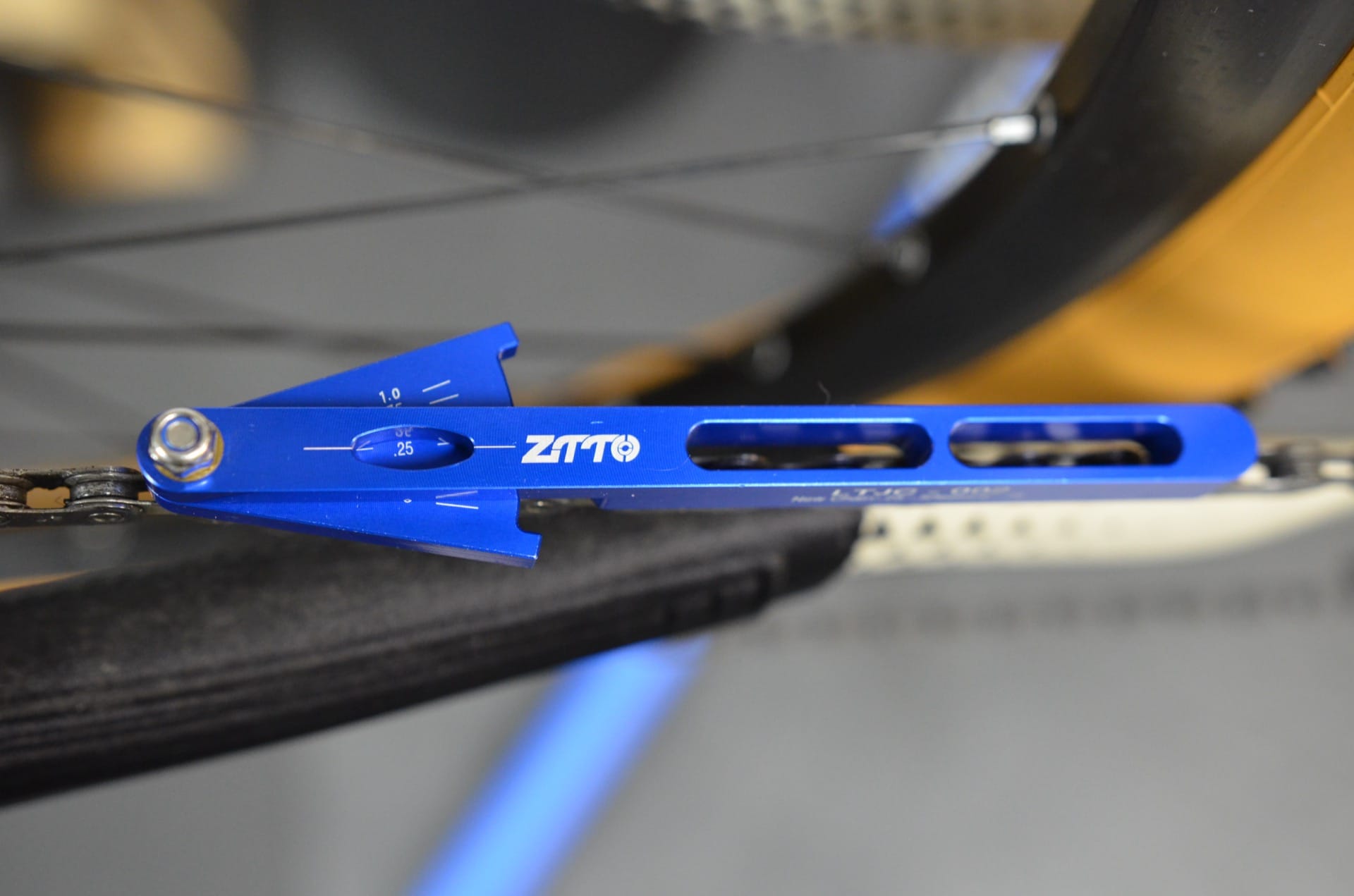
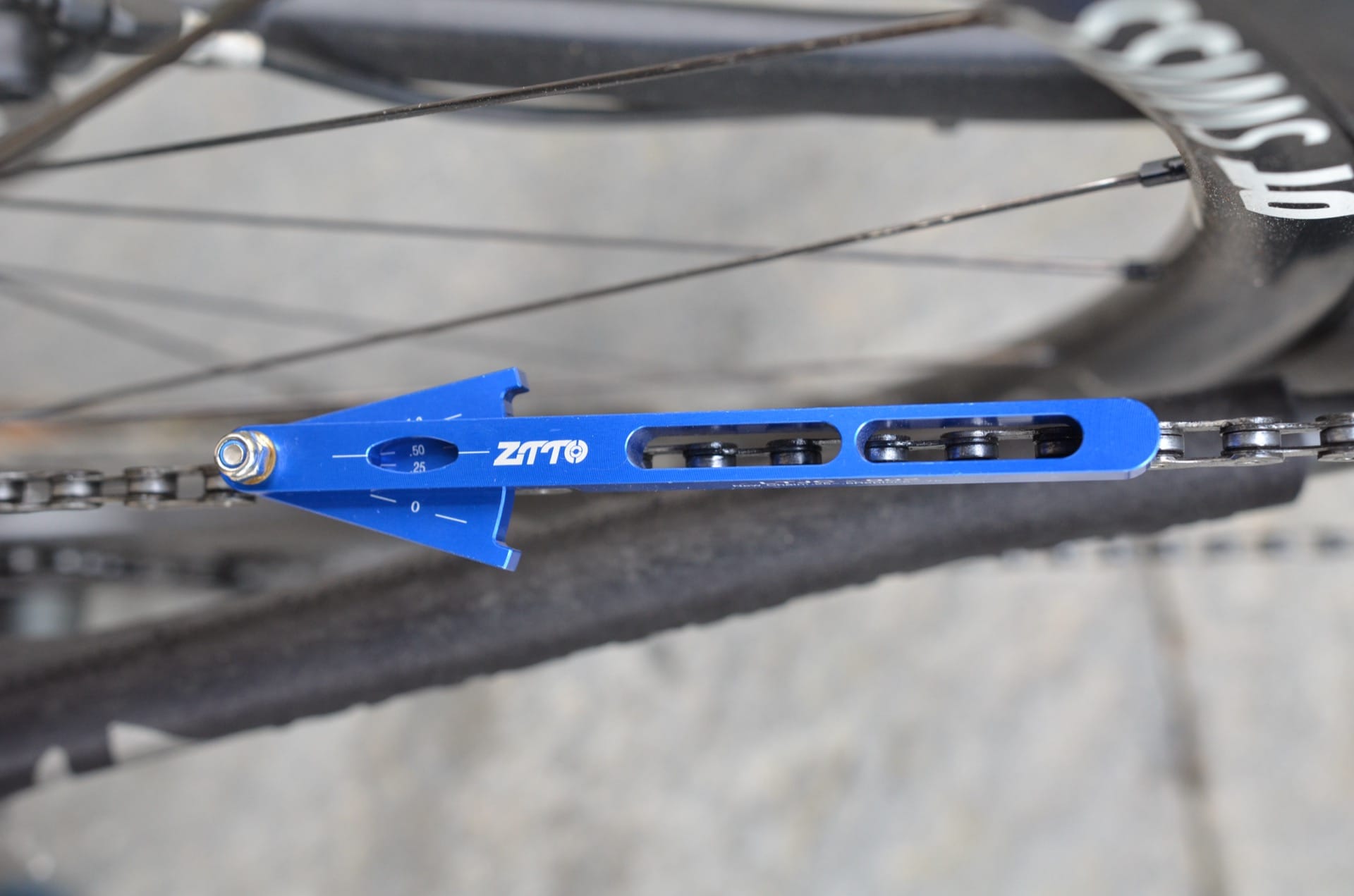
ZTTO pinch design chai checker
Chain Checker Precision
I think it is extremely difficult to say in general what tools have the best precision. Chances are, that bigger brand offer more reliable quality. Nevertheless, you can get an excellent chain wear indicator for little money too. If you aren't sure about the precision of your tool, you can always bring it to your local bike shop. The mechanics will be happy to consult you on how to use it effectively. Even if your tool isn't 100% accurate, it can probably still be used as long as you know about its deviation and account for it.
When to Replace Your Chain
As a rule of thumb, you can use the following table to decide whether your chain needs to be replaced.
| replace chain | replace cassette | |
|---|---|---|
| 6-10 speed | 0.75% | 1% |
| 11- 13 speed | 0.5% | 0.75% |
Conclusion
Without the chain, our bicycles won't work. Therefore, it is important to clean if often, maintain it well and keep an eye on its wear. If we catch it early, replacing a chain means minimal effort and only little money. If it's too late, the chain rings and cassette might need replacement too, which can easily be hundreds of dollars. Investing in a chain wear checker is a good insurance for less repair expenses and more fun with your bike.
Moondust Cycling Blog
If you like this kind of content, please become a free member and subscribe to our newsletter. We won't be spamming you too much, promise! 😇 If you have any experience good or bad, or any other story to share, please let me know in the comments. Please be informed that this blog uses AliExpress affiliate links, which enables me to produce this content.


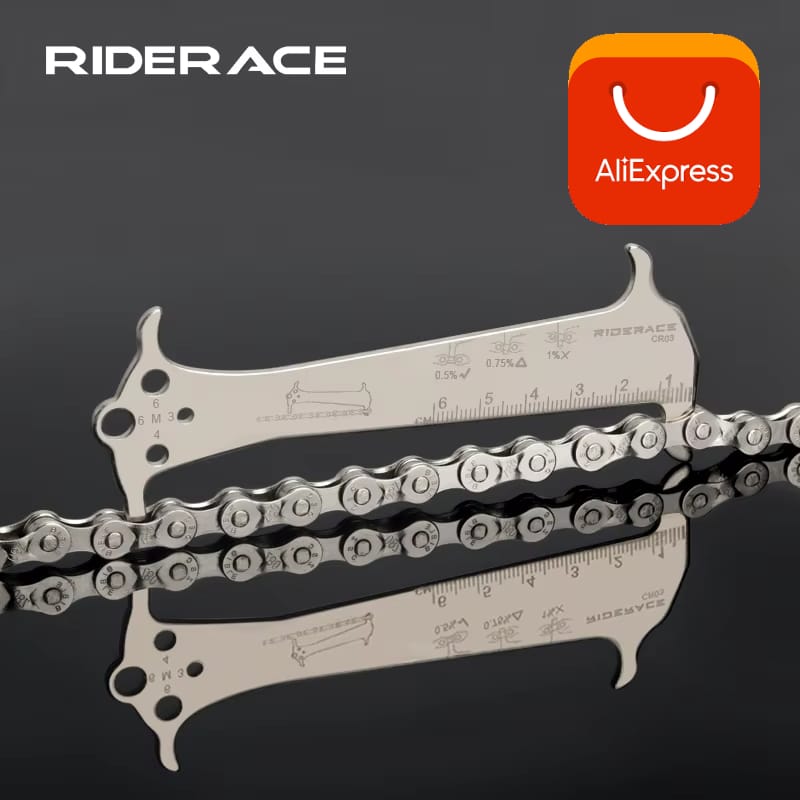
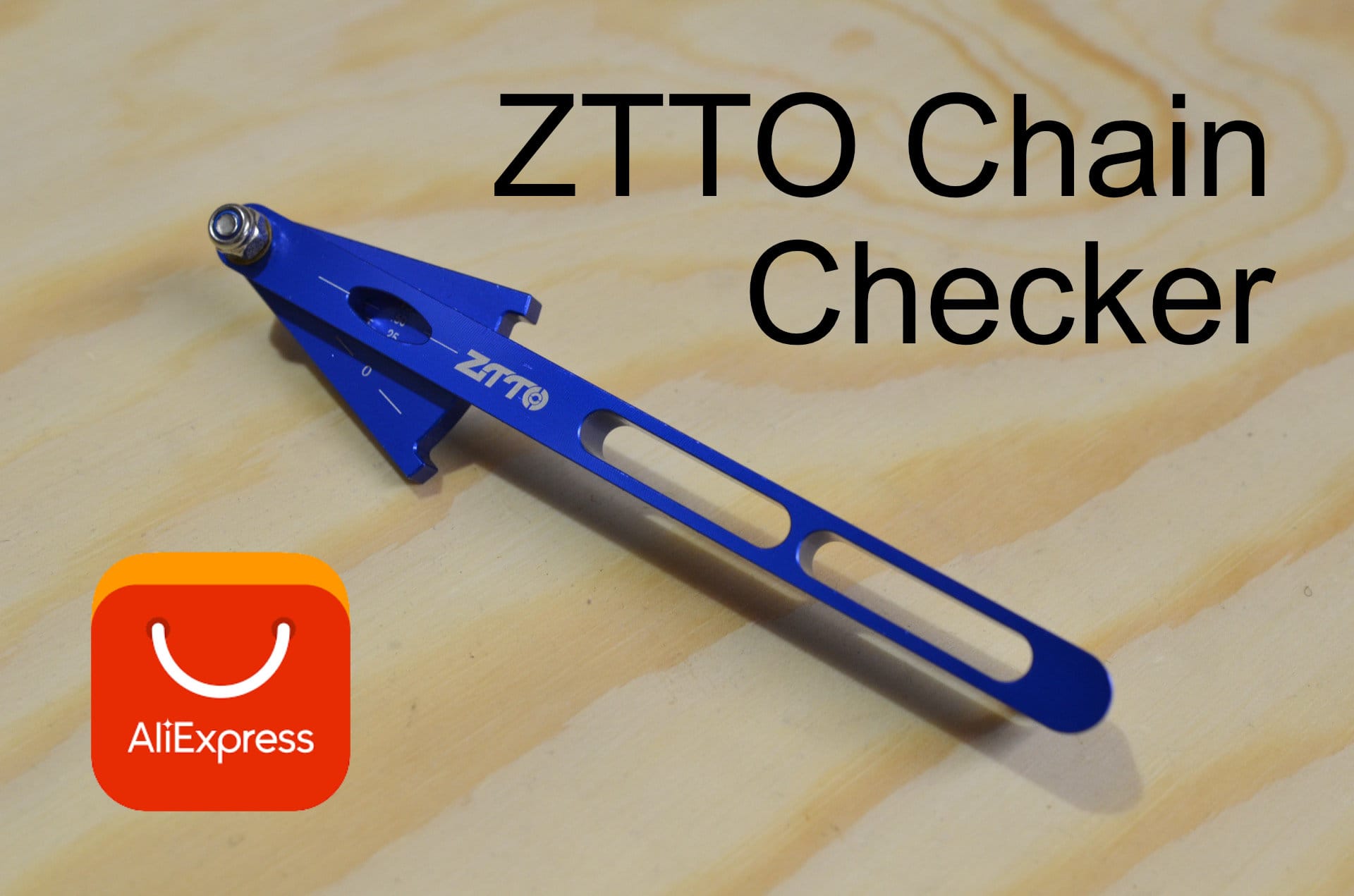
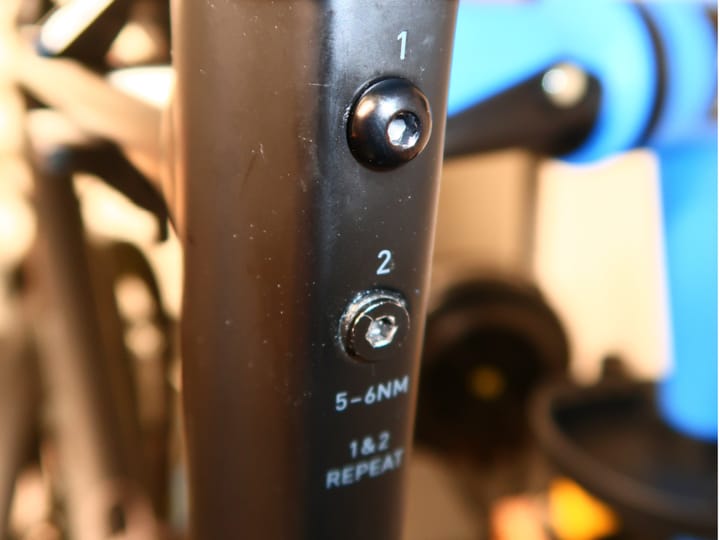
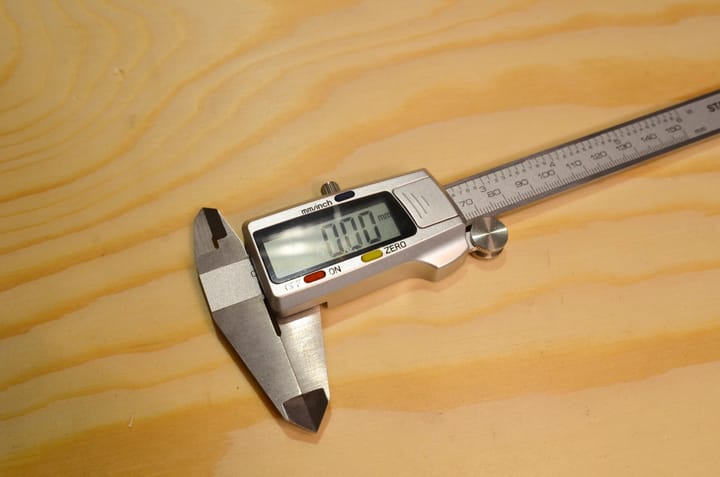
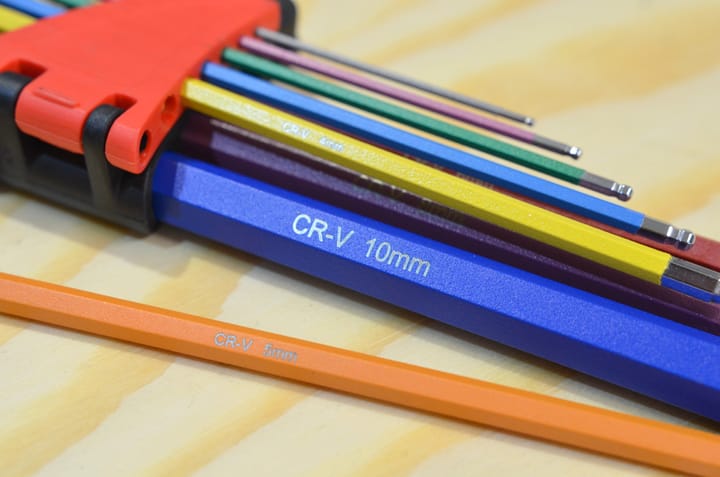
Comments ()